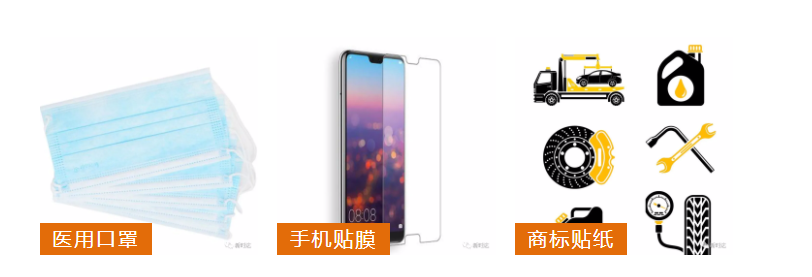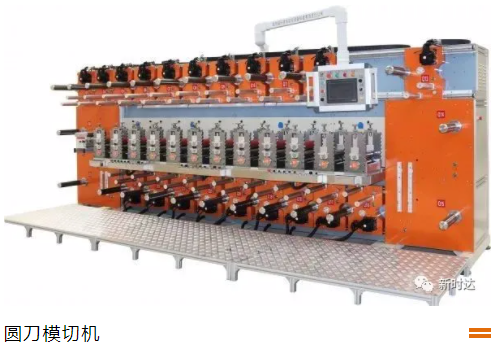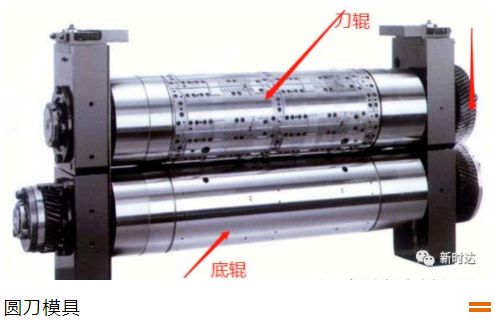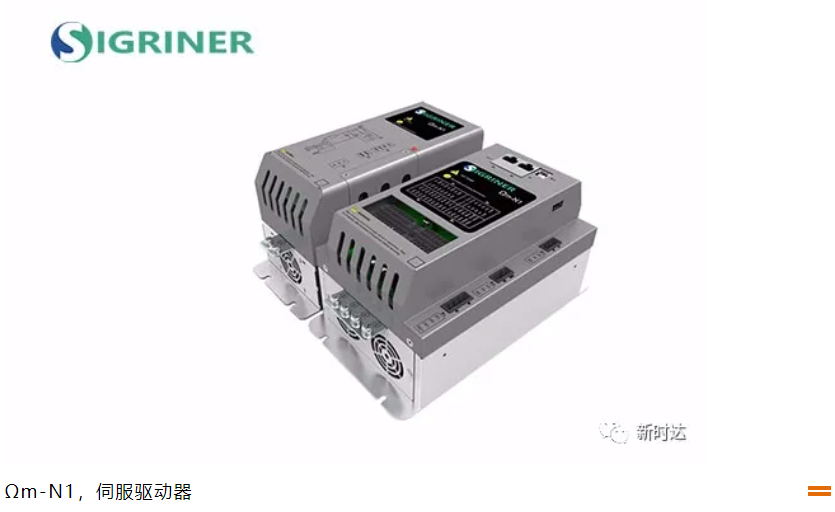Turn the die-cutting machine into a banknote printing machine in seconds, and the 32-axis synchronous knife is precise
- Views:
- Time of issue:2020-10-27 00:00
Turn the die-cutting machine into a banknote printing machine in seconds, and the 32-axis synchronous knife is precise
- Views:
- Time of issue:2020-10-27 00:00
1. Equipment introduction
Die-cutting machine is a kind of light industrial equipment, but the products produced and processed by it can be seen everywhere in our life. Mobile phone film, trademark stickers, medical masks, etc. are relatively common die-cut products.

There are two main types of die-cutting machines on the market: flat die-cutting, the simplest flat-pressing die-cutting consists of two axes, a jumping knife host and a feeding shaft, and the host drives the two plates to press up and down. The product mold is installed on the upper plate or the lower plate, and can be processed once by pressing up and down with the feeding shaft. Our Ωs-EN2 series has customized programs for flat die-cutting driven by DD motors according to industry applications. The entire die-cutting track planning is completed inside the servo, which is professional and efficient.

Rotary die cutting, also known as circular knife machine. The main reason is that the mold is processed by a metal cylinder, and the die-cutting process is completed in the process of continuous rotation, which is one of the most productive equipment in the die-cutting machine.

The circular knife die cutting machine is mainly divided into a cutter shaft and a take-up reel. The ratio of the two is configured according to the ratio of 1:2. The number of stations mainly depends on the cutter shaft. According to different purposes, the cutter shaft is divided into two functions: traction and die-cutting. The traction shaft mainly drives the take-up and unwinding reel for precise feeding. The die-cutting shaft drives the knife roller and the bottom roller to rotate at high speed and completes the die-cutting action by means of pressing.

2. Program introduction
The Ωm-N1 series servo driver used in the program is a multi-axis product launched by the STEP Operation and Control Division. The system uses EtherCAT bus communication. It adopts DC bus power structure, supports multi-drive unit cascading power supply, and three-axis integration and four-axis integration can be flexibly customized to meet different application scenarios.

3. Product Configuration
The configuration of this scheme is shown in the figure below (the number of stations can be freely increased or decreased according to customer needs). According to the ratio of 1:2 between the cutter shaft and the retracting and unwinding reel, Ωm-N1 uses three axes in one, and one servo corresponds to one Knife shaft, two take-up reels. Field test shows that the maximum speed of synchronous cutting reaches 60m/min, the synchronous deviation of the cutter shaft is within 0.01mm, and the machining accuracy is plus or minus 0.05mm. The scanning period of the probe is 125us, which ensures that the position of the tool axis can be accurately compensated during high-speed operation.
Through the torque observation function, the position synchronization deviation caused by the difference of force can be effectively avoided.

4. Program features
(1) Ωm-N1 adopts three-axis integration, and one servo perfectly fits the configuration of one cutter axis and two retractable axes. The compact size can greatly reduce the installation volume of electrical equipment.
(2) The high-speed probe function ensures the tracking accuracy of the color mark, and can accurately capture the position of the color mark while running at high speed to complete position compensation.
(3) Support parameters to set the physical address, eliminating the need to match the operation of the Omron controller node write function.
(4) The parameter self-tuning function can save the time for customer debugging, and it can be used directly after on-site installation.
(5) The torque observation function ensures the position synchronization accuracy between multiple axes, and the on-site installation can reach up to 32 stations.
Scan the QR code to read on your phone


